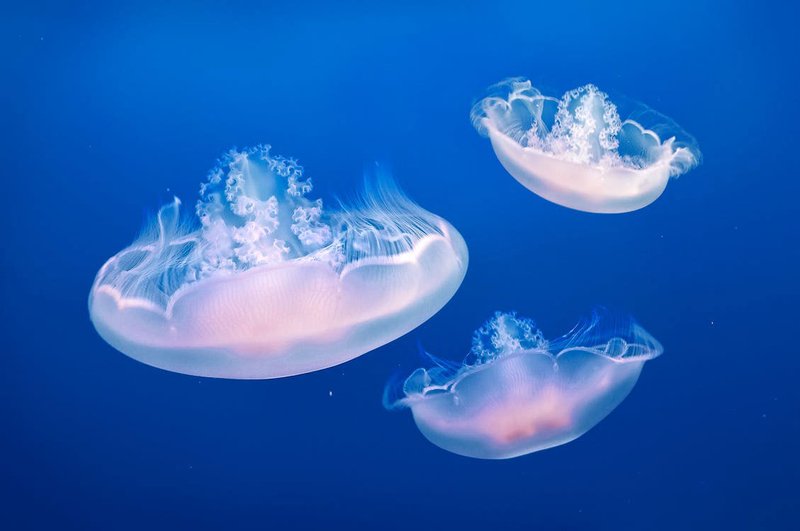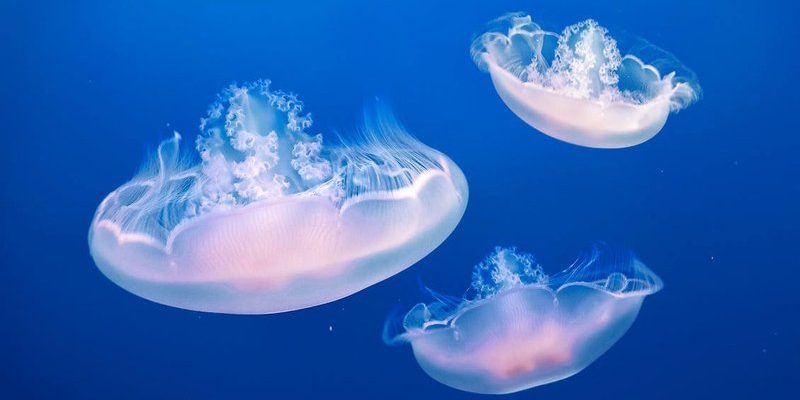
When we think about endangered species, we often picture big, majestic animals like elephants or tigers. But what about those creatures that seem almost ethereal, like jellyfish? These bizarre beings have been around for over 500 million years, surviving all sorts of environmental changes. Yet, as our oceans face increasing challenges, the question of their conservation becomes more pressing. In this article, let’s dive deep into the world of jellyfish, exploring their status, threats they face, and the conservation efforts underway.
Understanding Jellyfish Populations
To grasp whether jellyfish are endangered, we first need to understand their populations. Many jellyfish species actually thrive in specific environments. For instance, *Aurelia aurita*, commonly known as the moon jelly, is not in danger and is often seen in coastal waters worldwide. But the situation isn’t so straightforward for all jellyfish.
Here’s the thing: jellyfish populations can fluctuate heavily depending on environmental factors. Climate change, pollution, and overfishing can lead to what’s called “jellyfish blooms,” where their numbers surge dramatically. These blooms can both disrupt local ecosystems and indicate problems in ocean health. So, while some species are holding their own, others might be teetering on the brink.
Species at Risk
Not all jellyfish are experiencing the same fate. Some species, like the *Chrysaora fuscescens*, or the Pacific sea nettle, find their habitats impacted due to overfishing and habitat destruction. When fish populations decrease, jellyfish often rise to fill the void, disrupting the intricate balance of marine life.
Moreover, some jellyfish thrive in polluted waters, which leads to increased populations in affected areas. It’s a complex relationship—while some jellyfish are flourishing, others are facing troubling conditions that could lead them toward endangerment. The trick is identifying these vulnerable species.
The Threats They Face
Jellyfish might seem like resilient creatures, but they face several significant threats. Understanding these challenges helps us figure out how to help them.
First off, climate change is a major player. As ocean temperatures rise, jellyfish are finding new places to thrive—sometimes in regions where they weren’t previously found. This shift can lead to an imbalance in local ecosystems, pushing out native species. You might be wondering, what does that mean for us? It can affect fish stocks and even the fishing industry.
Next on the list is pollution. Our oceans are filled with plastics and chemicals that can harm marine life, jellyfish included. They often ingest microplastics, mistaking them for food. This not only affects their health but can also disrupt the larger food web.
Finally, overfishing plays a huge role too. When fish populations dwindle, jellyfish can proliferate. This might seem beneficial for jellyfish in the short term, but it creates a ripple effect that can lead to weakened ecosystems.
Is Overfishing Helping Jellyfish?
You might be surprised to know that overfishing can inadvertently create a perfect storm for jellyfish. With fewer fish in the sea, jellyfish populations can boom because they aren’t competing with those fish for food. It’s a strange twist in the natural order.
So what does this mean for conservation? Well, addressing overfishing and managing fish populations can be a beneficial strategy for preventing jellyfish blooms. It’s all interconnected, and conservation efforts need a holistic approach to work.
Current Conservation Efforts
When it comes to conservation, every little action counts. Organizations and researchers worldwide are working hard to monitor jellyfish populations and assess their health.
One key initiative involves monitoring jellyfish blooms. Researchers are studying the conditions that lead to these explosions of jellyfish, providing valuable data needed to prevent negative impacts on marine life. This monitoring helps us understand when and where jellyfish populations are surging, which can assist in predicting their effects on local fisheries.
Additionally, promoting clean water initiatives is crucial. Reducing plastic pollution and improving water quality can create healthier environments for all marine life, including jellyfish. Local community programs focused on cleaning beaches and reducing waste can go a long way.
Global Collaborations
Countries are also collaborating more than ever to tackle oceanic issues, including jellyfish conservation. International marine conservation agreements aim to protect various marine species, including jellyfish. These agreements often focus on sustainable fishing practices, habitat restoration, and pollution control— all essential for maintaining a balanced ecosystem.
Here’s the thing: when countries come together to address these challenges, the ocean has a much better chance of thriving, creating a healthier environment for jellyfish and other marine life.
Why Jellyfish Conservation Matters
Now you might be thinking, “Why should I care about jellyfish?” Well, they play a vital role in the marine ecosystem. As both predators and prey, jellyfish help maintain the balance in the food web. They also contribute to the nutrient cycling process, which keeps oceans healthy.
Plus, jellyfish can be indicators of ocean health. Significant changes in their populations often signal changes in the ecosystem, alerting us to potential problems. By conserving jellyfish, we’re indirectly helping maintain overall ocean health.
In a way, protecting jellyfish is like protecting the front line of our oceans. They may float harmlessly in the water, but their presence (or absence) can tell us a lot about the state of marine environments.
Getting Involved
Want to help? There are plenty of ways you can get involved in jellyfish conservation. One of the simplest routes is to participate in local cleanups to reduce ocean pollution. Teaching others about the importance of marine ecosystems can also make a big difference.
Supporting organizations that focus on marine conservation can amplify your impact. Many groups conduct research and advocacy aimed at protecting marine life, including jellyfish. Every little bit of effort counts, so don’t underestimate the power of individual action!
Final Thoughts
The question of whether jellyfish are endangered isn’t straightforward. Some species are thriving thanks to changing ocean conditions, while others face significant threats. It’s essential to keep an eye on jellyfish populations and support conservation efforts to ensure these unique creatures continue to inhabit our oceans.
By understanding their role and the challenges they face, we can better appreciate jellyfish and advocate for their preservation. After all, protecting the oceans means protecting the entire ecosystem, jellyfish included. Let’s help keep our oceans healthy, beautiful, and balanced for generations to come!

